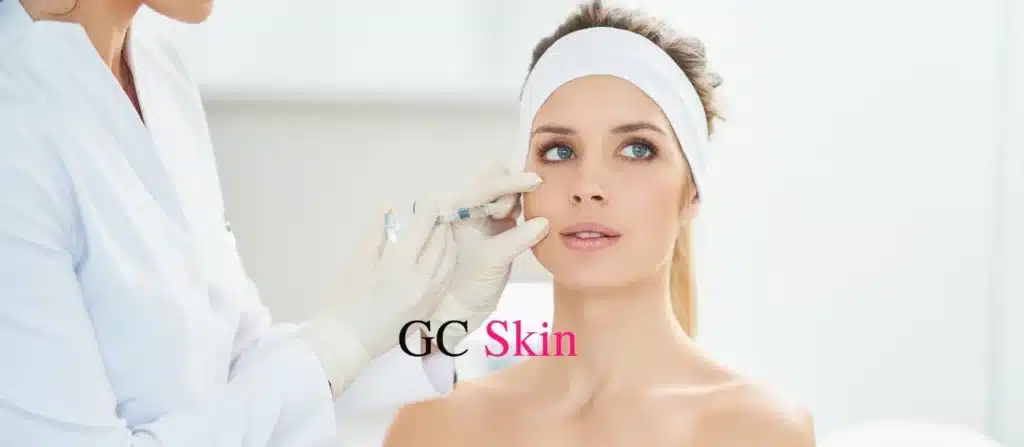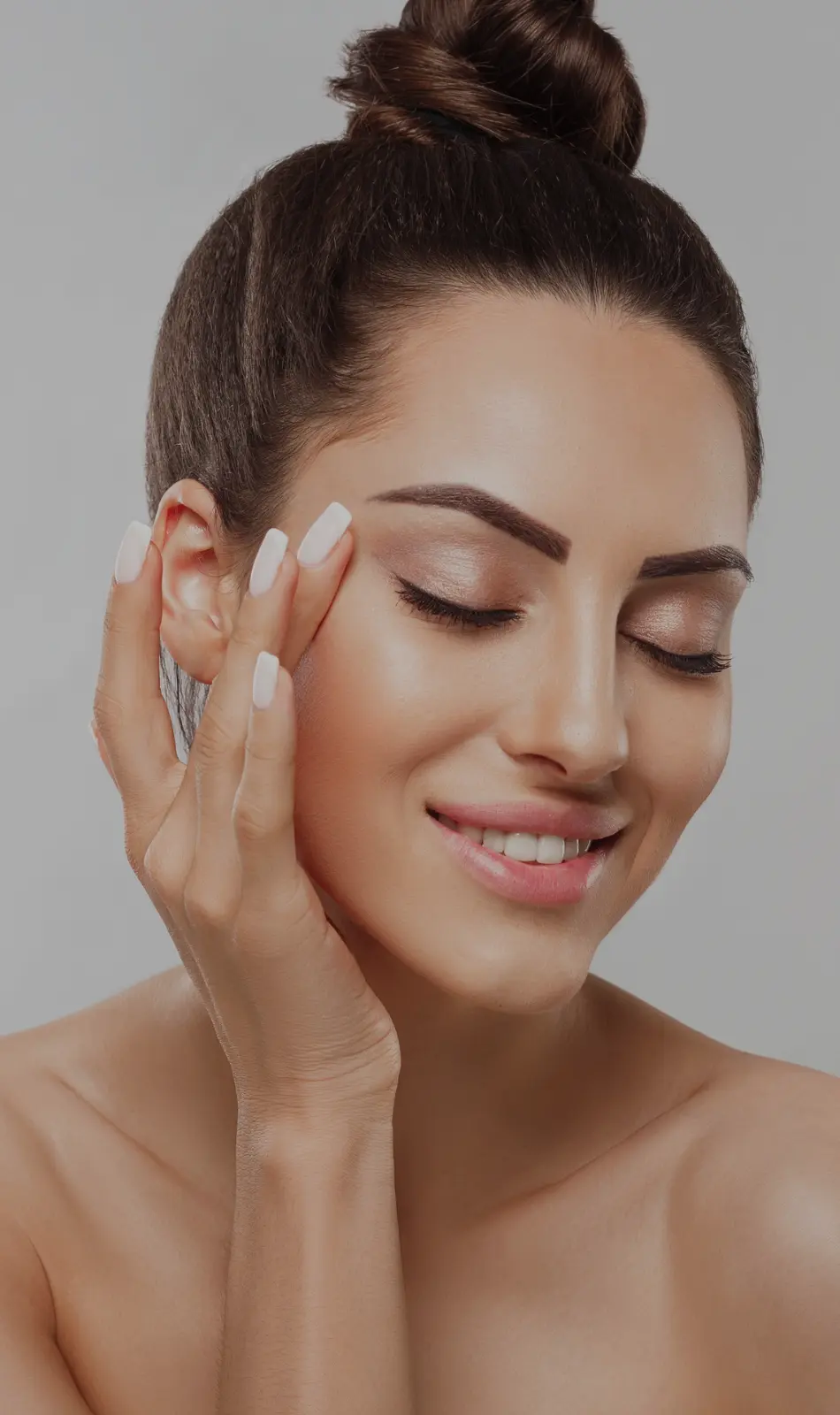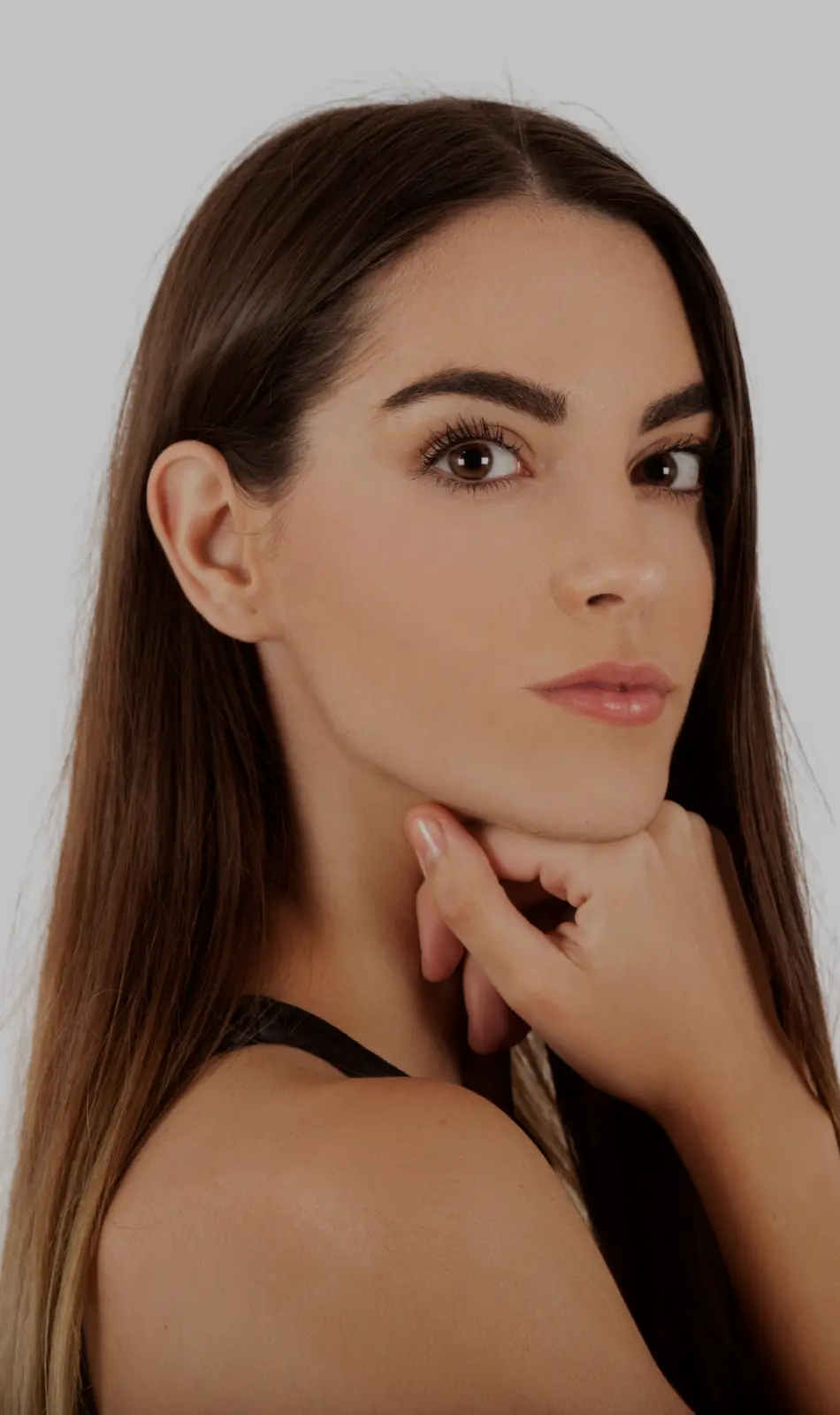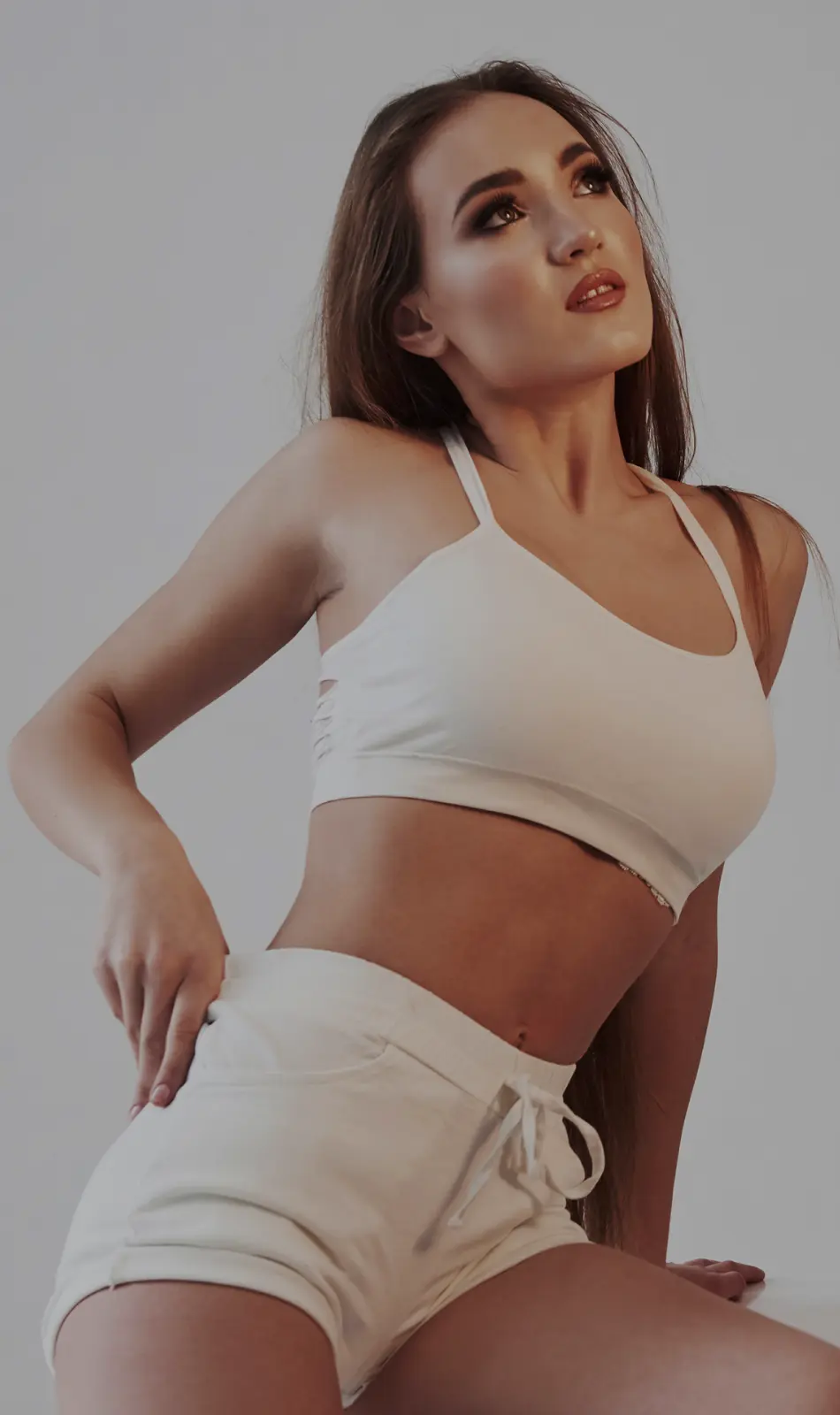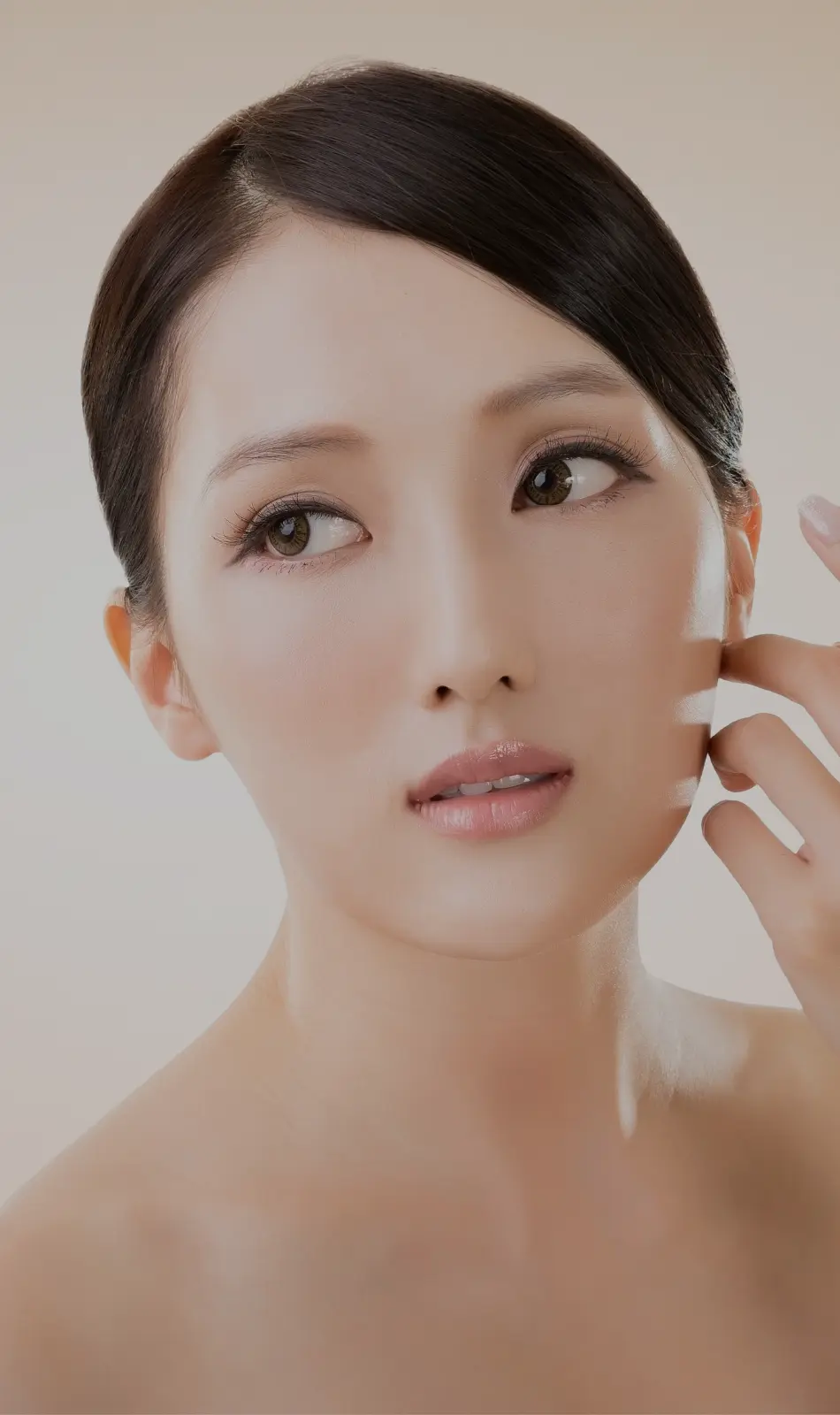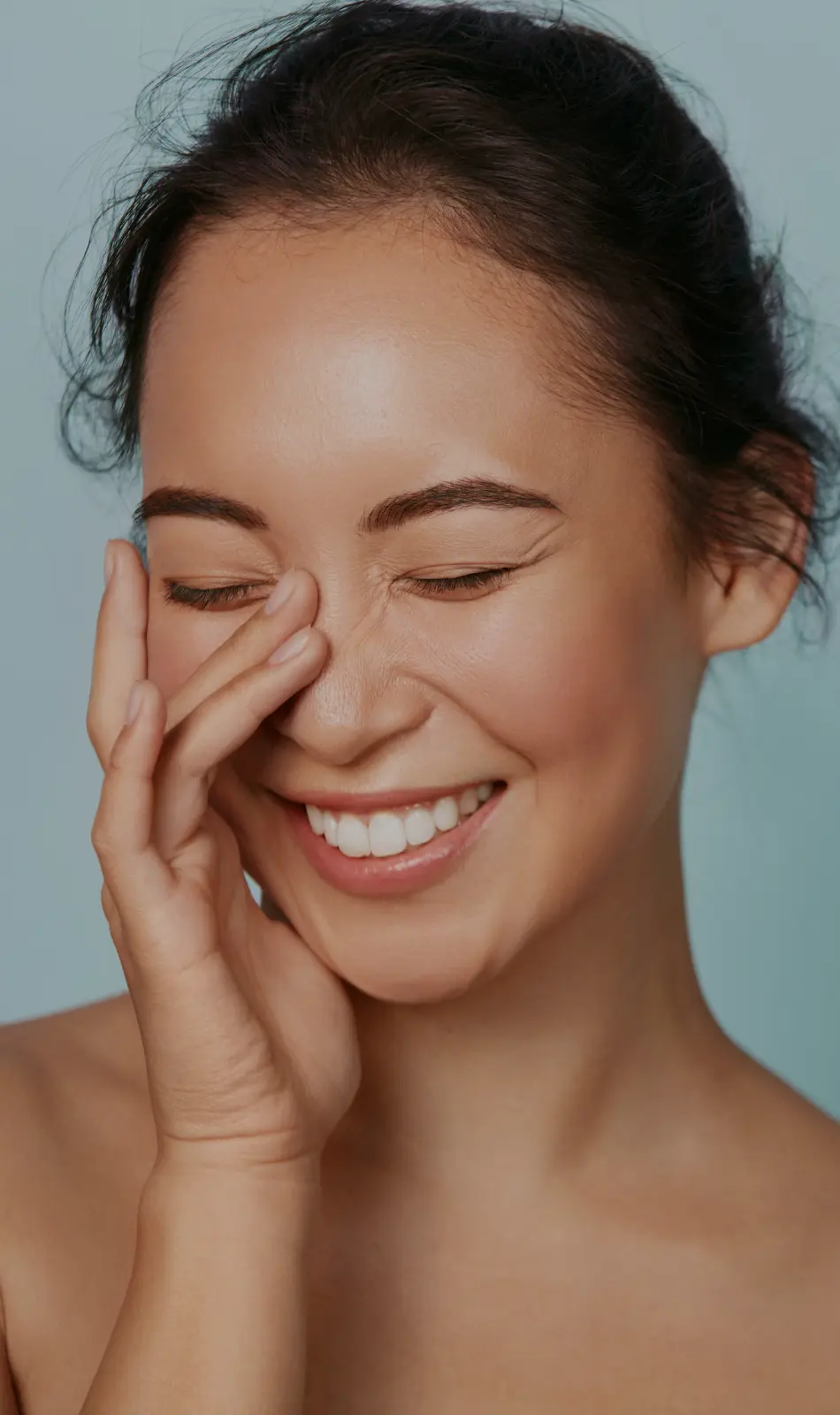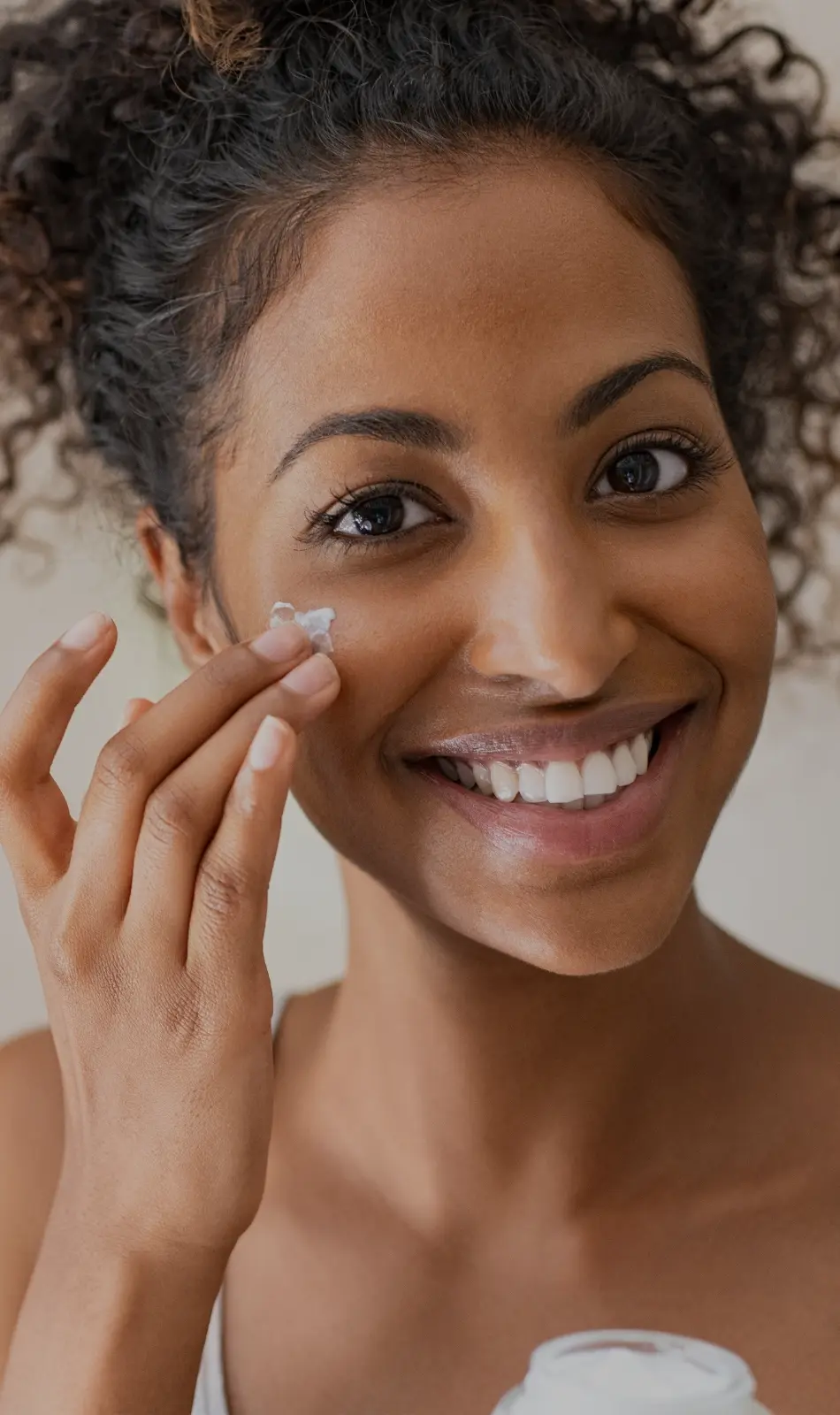If you’re hoping for a precise age to start Botox, there’s no magic number. People typically embark on preventative Botox treatments in their 20s and 30s, but it varies depending on your unique skin and its needs.
The key is to pay attention to your skin and its early signs. When you notice fine lines emerging, that’s the moment to contemplate Botox. Preventative Botox offers a solution to nip those nascent fine lines in the bud, preventing them from becoming full-blown wrinkles.
Botox is FDA-approved for individuals aged 18 and above, with many experts suggesting that those in their mid to late 20s and early 30s are suitable candidates for preventative Botox. It’s unlikely that you’ll accumulate enough lines to warrant treatment earlier, so starting before your mid to late 20s is probably not necessary.
There’s no strict rule for the ideal Botox starting age, but beginning before your mid-20s is likely too early. Some wrinkles have a genetic component, so when you start noticing fine lines resembling those of older family members, it may be time for treatment.
Doctor Luciana Yacomotti can often identify areas for preventative Botox by observing your facial expressions. Whether you purse your lips, furrow your brow, or have a permanent frown, they can pinpoint the right spots for injections. This process retrains your facial muscles, preventing the development of deeper or more noticeable wrinkles.
The beauty of preventative Botox is that it maintains muscle weakness, reducing the need for as much Botox as you age. Your Botox results will last longer and require fewer treatments, though it’s important to remember that Botox is not a permanent fix, especially if it effectively prevents your wrinkles.
Keep in mind that Botox is effective primarily for genetically predisposed wrinkles. For wrinkles caused by sun damage or an unhealthy lifestyle, a comprehensive approach involving sun protection, a balanced diet, and proper skincare is essential. Botox is your ally in the battle against genetically influenced wrinkles.
Lastly, Botox slows down muscle activity, preventing lines from forming or at least delaying their onset. Forehead and glabellar areas are common targets for preventative Botox, as it can fend off deep lines that make you appear older and tired, which are harder to address once they’ve fully developed.



